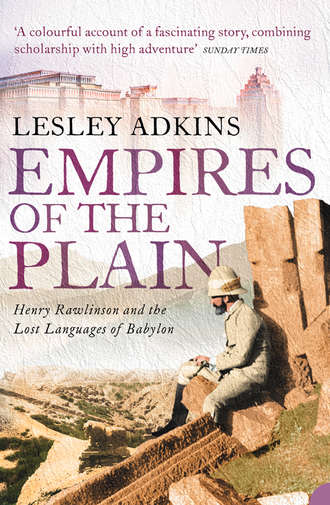Empires of the Plain: Henry Rawlinson and the Lost Languages of Babylon

Полная версия
Empires of the Plain: Henry Rawlinson and the Lost Languages of Babylon
Настройки чтения
Размер шрифта
Высота строк
Поля
Конец ознакомительного фрагмента
Купить и скачать всю книгу

